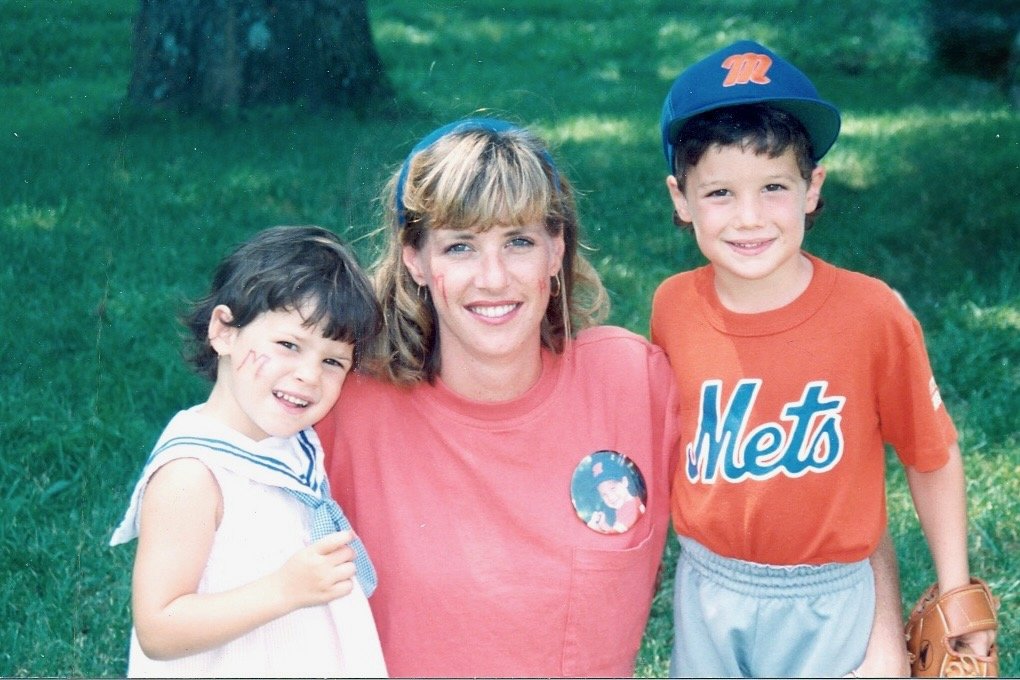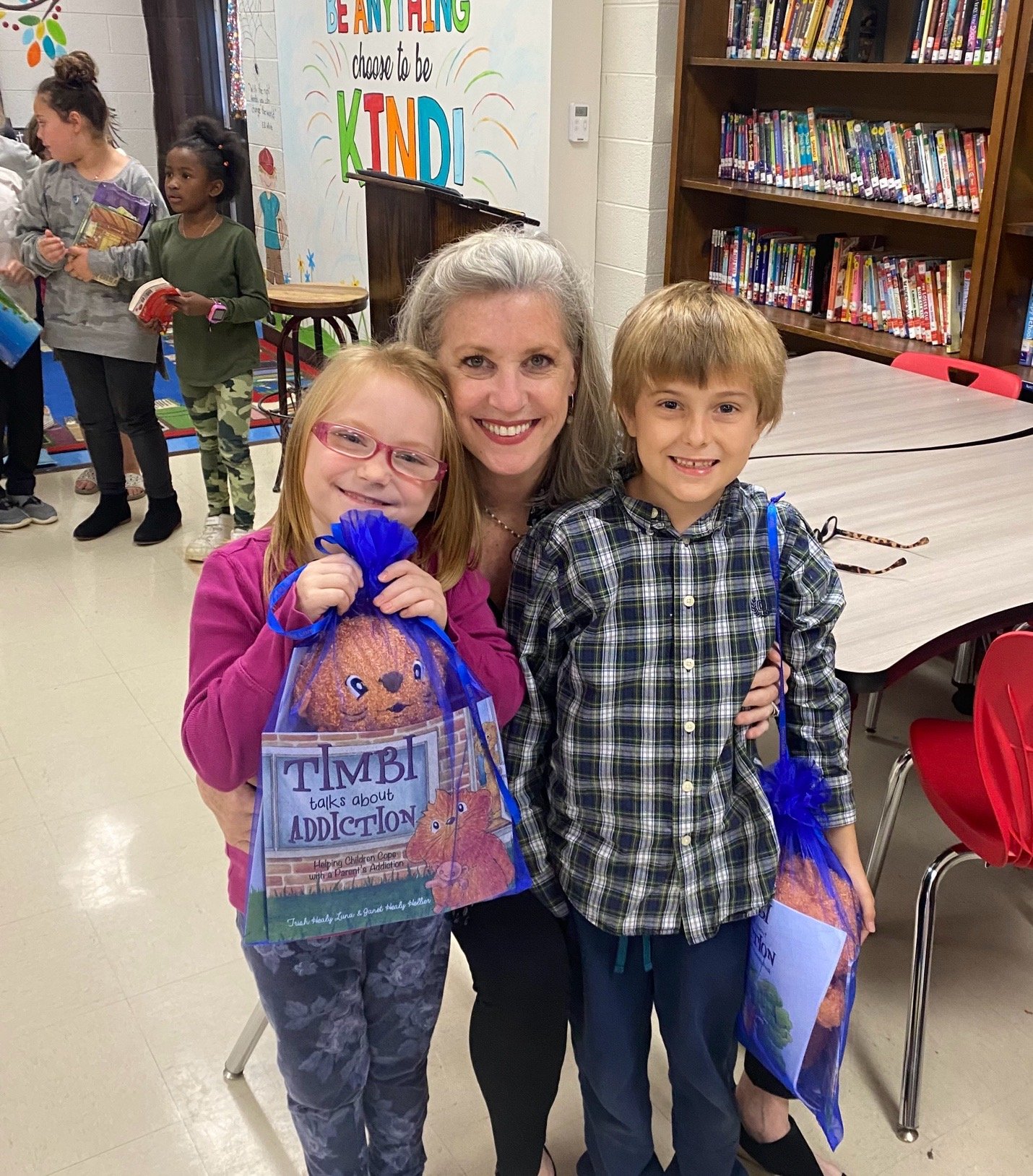Trish’s Story
I wrote the Lambi story because addiction has shaped my life—and my family—for generations. When my children were still very young, their father battled substance use disorder. Those years were filled with stigma, silence, and a constant sense of shame and isolation. We didn’t know how to talk about what was happening, and we didn’t know where to turn. Many years later, the unimaginable happened. Joe lost his life to an overdose.
I knew we couldn’t be the only family living through this kind of pain. Families like mine were out there—trying to explain the unexplainable to children who were far too young to carry such a heavy burden. But there were no books to help them. Nothing to guide conversations, to offer comfort, or to reassure children that none of this was their fault.
In the late 1980s, I wrote my first book: My Daddy Has a Problem, hoping to fill that gap. But every publisher turned it away, saying, “We don’t talk about that.” But as Mr. Rogers reminded us,
“What is mentionable is manageable.” Avoiding the topic didn’t make the pain disappear—it only deepened the silence.
Years later, I wrote Timbi Talks about Addiction.
I saw it reach families just like mine, opening doors for healing and connection. But I realized I needed to go even further—with prevention tools.
THAT’S HOW LAMBI WAS BORN
Grounded in research and built on evidence-based practices in child development, Lambi teaches emotional awareness, self-regulation, and most importantly, early decision-making. These aren’t just skills; they’re protective factors. When children learn to recognize their feelings, calm their bodies, and make thoughtful choices, they build resilience that can last a lifetime.
Every time I hear how Lambi has helped a child, or someone’s inner child, feel seen, comforted, and understood, I’m reminded why I do this work: These aren’t just stories I wrote. This is the story I live.
My heart was hurt by substance use disorder. So I gave my heart to helping others who feel that hurt, too.













